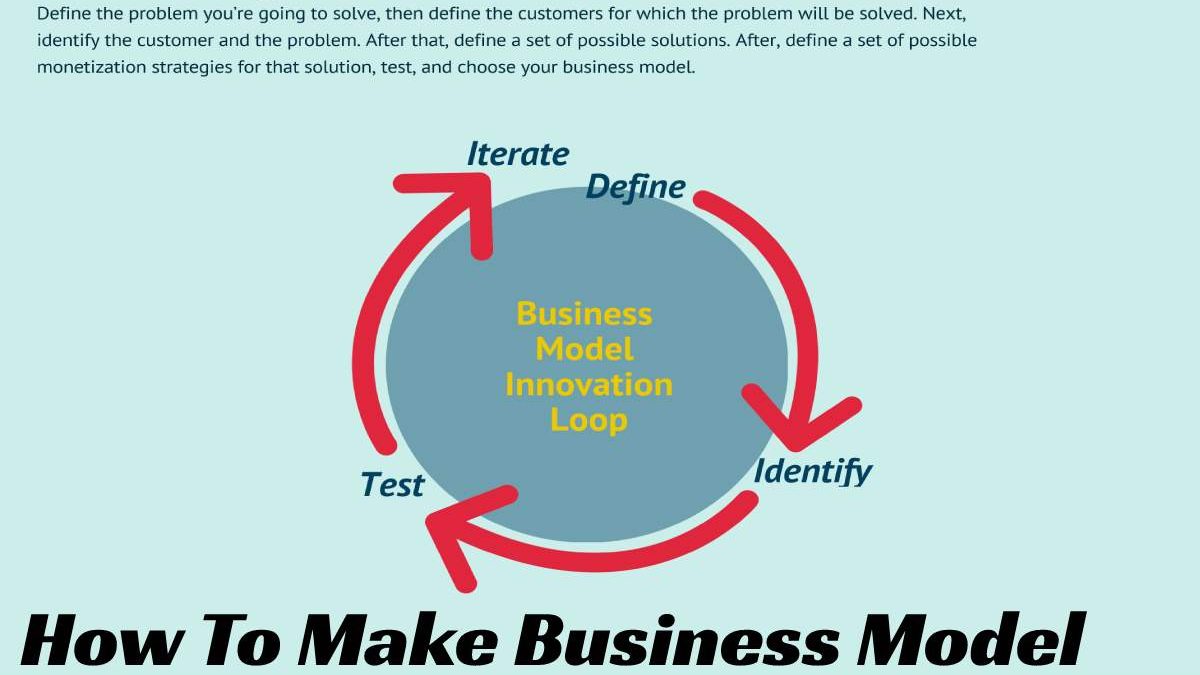Table of Contents
Follow These Simple Steps to Ensure a Solid Business Model.
How To Make Business Model
- Identify your specific audience.
- Establish business processes.
- Record essential business resources.
- Develop a strong value proposition.
- Determine key business partners.
- Create a demand generation strategy.
- Leave room for innovation.
Also read: Shadow Trading
The 5 Elements of a Solid Business Model
Opinions expressed by Entrepreneur contributors are their own.
Creating a business model is not just about completing your business plan or determining what products to look for. Instead, it’s about planning how you will create enduring value for your customers.
Where will your business idea start, how should it progress, and when will you know it’s successful? How will you create value for customers? Follow these simple steps to ensure a solid business model.
1. Identify your Specific Audience.
Targeting a broad audience will prevent your company from concentrating on the customers who need and want your product or service. Instead, when creating your business model. Narrow your audience to two or three detailed buyers. Describe each person’s demographics, common challenges, and solutions your company will offer. For example, Home Depot may appeal to everyone or have a product that the average person needs. However, the company’s primary target market is homeowners and builders.
Related: The Science of Creating Buyer Personas (Infographic)
2. Establish Business Processes.
Before your commercial can get off the ground, you must understand the activities required to make your business model work. Determine the key business activities by first identifying the core aspect of your business offering. For example, are you responsible for providing a service, shipping a product, or offering to consult? For Ticketbis, an online ticketing marketplace, critical business processes include marketing and product delivery management.
3. Record essential Business Resources.
What does your business need to carry out daily processes? Find new customers and achieve business goals? Text essential business resources to ensure your business model remains adequately prepared to meet the needs of your business. Examples of common resources may include a website, capital, warehouses, intellectual property, and customer lists.
Also read: Best Crypto Trading Platform
4. Develop a Strong Value Proposition.
How will your business stand out from the competition? Do you provide an innovative service, a revolutionary product, or a new twist on an old favorite? Establishing precisely what your company offers and why it is better than the competition is the beginning of a strong value proposition. Once you’ve defined a few value propositions, link each to a product or service delivery system to determine how it will continue to be valuable to customers over time.
5. Determine key Business Partners.
No company can function properly (let alone achieve stated goals) without key partners who contribute to the company’s ability to serve customers. Therefore, when creating a business model, select critical partners, such as vendors, strategic alliances, or advertising partners. Using the Home Depot example above, key business partners might be lumber suppliers, parts wholesalers, and logistics companies.
Conclusion
Business -To- Business Models (B2B): When the dealings or the transactions take place between two companies or the business then this type of business model is known as business to business models.
Also read: Coinbase Pro Trading is Disabled

